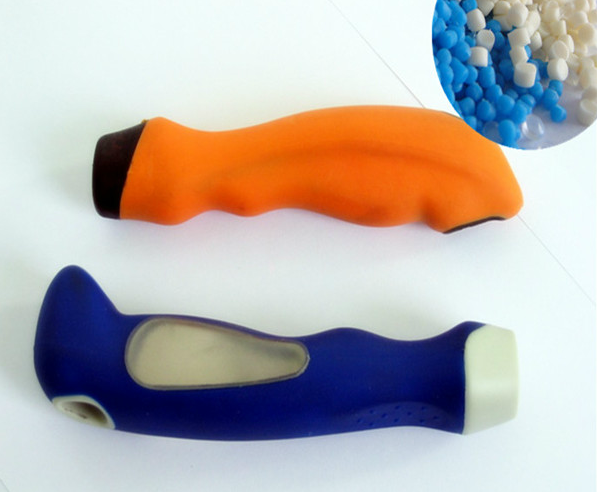In the intricate world of polymer processing, one question that frequently arises among engineers, designers, and manufacturers is whether a specific material can withstand and perform optimally under certain processing conditions. For those working with Thermoplastic Rubber (TPR), a versatile and widely used material, the query of whether it can be injection-molded at 100 degrees Celsius is both pertinent and insightful. As someone who has spent years navigating the complexities of polymer science and manufacturing, I’m excited to delve into this topic, offering a blend of practical knowledge and technical expertise.
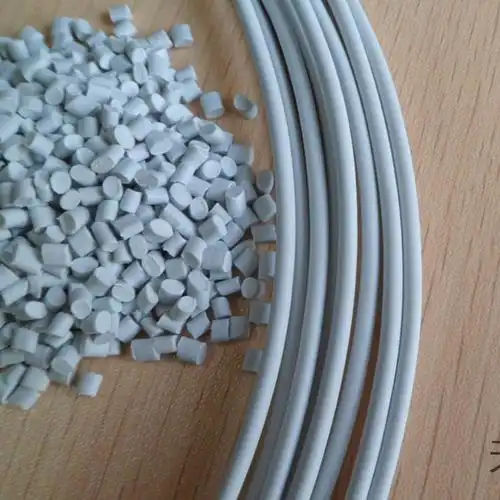
Understanding TPR: A Brief Overview
Before we tackle the specific question at hand, it’s essential to have a solid understanding of what TPR is and its fundamental properties. TPR, or Thermoplastic Rubber, is a unique class of copolymers or physical mixtures of polymers that combine the processability of thermoplastics with the elasticity and durability of rubbers. This hybrid nature makes TPR an attractive choice for a wide range of applications, from automotive components and consumer goods to medical devices and sporting equipment.
Key Characteristics of TPR:
Flexibility and Elasticity: TPR exhibits excellent flexibility and elasticity, allowing it to deform under stress and return to its original shape once the stress is removed. This property is crucial for applications that require a high degree of movement or impact resistance.
Toughness and Durability: TPR is known for its toughness and durability, withstanding wear and tear, abrasion, and environmental factors such as UV radiation and chemicals. This makes it suitable for long-lasting products that are exposed to harsh conditions.
Processability: Unlike traditional rubbers that require vulcanization (a chemical cross-linking process), TPR can be processed using conventional thermoplastic techniques such as injection molding, extrusion, and blow molding. This simplifies manufacturing and reduces production costs.
Recyclability: TPR is recyclable, as it can be melted down and reprocessed multiple times without significant degradation in properties. This aligns with the growing demand for sustainable and eco-friendly materials in various industries.
The Injection Molding Process: A Primer
Injection molding is a widely used manufacturing process for producing parts in large volumes. It involves melting a polymer material and injecting it under high pressure into a mold cavity, where it cools and solidifies to take the shape of the desired part. The process is highly efficient, precise, and versatile, capable of producing complex geometries with tight tolerances.
Key Parameters in Injection Molding:
Melt Temperature: The temperature at which the polymer material is melted and ready for injection. This temperature must be carefully controlled to ensure proper flow and filling of the mold cavity without causing degradation or thermal decomposition of the material.
Injection Pressure: The pressure applied to the melted polymer to inject it into the mold cavity. Higher pressures are required for materials with higher viscosity or for filling complex mold geometries.
Cooling Time: The time required for the injected polymer to cool and solidify within the mold cavity. Cooling time affects cycle time and production efficiency, as well as the dimensional stability and mechanical properties of the final part.
Mold Temperature: The temperature of the mold cavity, which influences the cooling rate and crystallinity of the polymer. Mold temperature must be optimized to achieve the desired surface finish, dimensional accuracy, and mechanical properties.
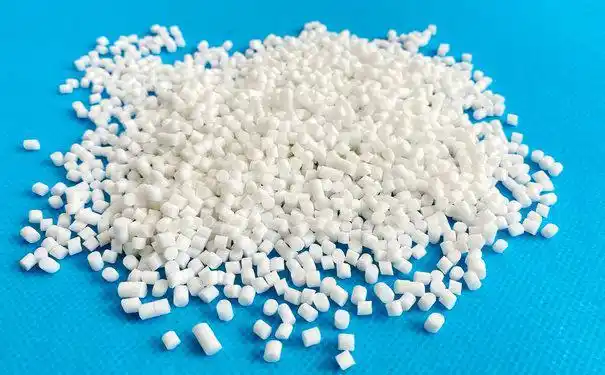
The Core Question: Can TPR Be Injection-Molded at 100 Degrees Celsius?
Now, let’s address the central question: can TPR be injection-molded at 100 degrees Celsius? To answer this, we need to consider several factors, including the melting point and processing range of TPR, the impact of temperature on material properties, and the practical implications for injection molding operations.
Melting Point and Processing Range of TPR
TPR is a broad category of materials, encompassing various copolymers and blends with different compositions and properties. As a result, the melting point and processing range of TPR can vary significantly depending on the specific type and grade used. Generally speaking, most TPR materials have a melting point in the range of 150 to 200 degrees Celsius, although some specialized grades may have lower or higher melting points.
Given this information, injecting TPR at 100 degrees Celsius would be below its typical melting point, making it challenging to achieve proper flow and filling of the mold cavity. At temperatures below the melting point, TPR would be in a solid or semi-solid state, exhibiting high viscosity and resistance to flow. This could lead to incomplete filling of the mold, resulting in defective parts with voids, sink marks, or other surface imperfections.
Impact of Temperature on Material Properties
Even if we consider the possibility of using a TPR grade with a lower melting point or modifying the processing conditions to facilitate flow at 100 degrees Celsius, there are additional concerns regarding the impact of temperature on material properties. Injection molding involves subjecting the polymer material to high temperatures and pressures, which can affect its molecular structure, crystallinity, and mechanical properties.
Molecular Degradation: Exposing TPR to temperatures significantly below its melting point but still within the processing range may not cause immediate thermal degradation. However, prolonged exposure to elevated temperatures, even if below the melting point, can lead to gradual degradation of the polymer chains, resulting in reduced molecular weight and compromised mechanical properties over time.
Crystallinity and Dimensional Stability: The crystallinity of TPR, which influences its dimensional stability and mechanical properties, is also affected by processing temperature. Injecting TPR at a temperature below its optimal processing range may result in incomplete crystallization or uneven distribution of crystalline regions, leading to variations in part dimensions and mechanical performance.
Surface Finish and Aesthetics: The surface finish and aesthetics of injection-molded parts are highly dependent on processing conditions, including temperature. Injecting TPR at a temperature that is too low may result in a rough or matte surface finish, with visible flow lines or weld lines, detracting from the overall appearance and quality of the part.
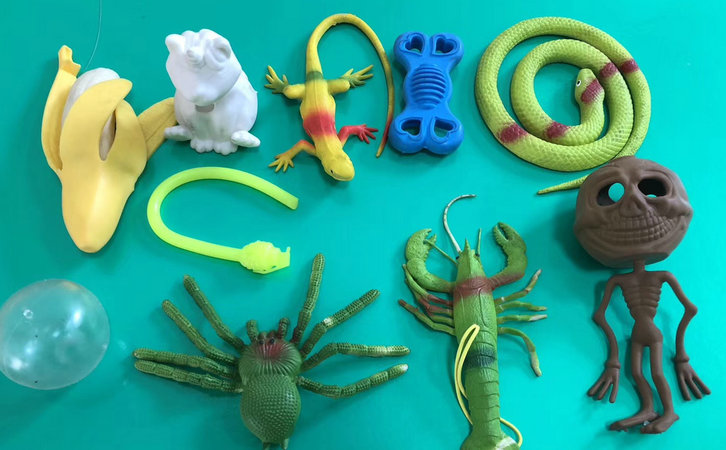
Practical Implications for Injection Molding Operations
From a practical standpoint, attempting to injection-mold TPR at 100 degrees Celsius would pose several challenges and limitations for manufacturing operations. These include:
Equipment Limitations: Most standard injection molding machines are designed to operate within a specific temperature range, typically above the melting point of common thermoplastics. Using a temperature significantly below the recommended range may not be feasible or may require specialized equipment or modifications.
Process Control and Consistency: Achieving consistent and repeatable results in injection molding relies on precise control of processing parameters, including temperature, pressure, and cooling time. Operating at a temperature that is outside the optimal range for TPR would make it difficult to maintain process control and consistency, leading to variations in part quality and increased scrap rates.
Economic Viability: From an economic perspective, injecting TPR at a temperature that is too low may not be viable due to increased production costs, longer cycle times, and higher scrap rates. The benefits of using a lower temperature, if any, would need to be weighed against these costs to determine the overall economic feasibility of the process.
Alternative Approaches and Considerations
While injecting TPR at 100 degrees Celsius may not be practical or advisable based on the above analysis, there are alternative approaches and considerations that can be explored to achieve the desired processing outcomes or address specific application requirements.
Use of Lower-Melting-Point TPR Grades
One option is to explore the use of TPR grades with lower melting points that are specifically designed for processing at lower temperatures. Some manufacturers offer TPR compounds with modified formulations or additives that lower the melting point and improve flowability, making them suitable for injection molding at temperatures closer to 100 degrees Celsius. However, it’s essential to carefully evaluate the mechanical properties, durability, and long-term performance of these lower-melting-point TPR grades to ensure they meet the application requirements.
Optimization of Processing Parameters
Another approach is to optimize the processing parameters within the recommended range for the specific TPR grade being used. This may involve adjusting the melt temperature, injection pressure, cooling time, and mold temperature to achieve the best balance of flow, filling, and part quality. By fine-tuning these parameters, it may be possible to improve the processability of TPR and achieve satisfactory results without resorting to temperatures significantly below the melting point.
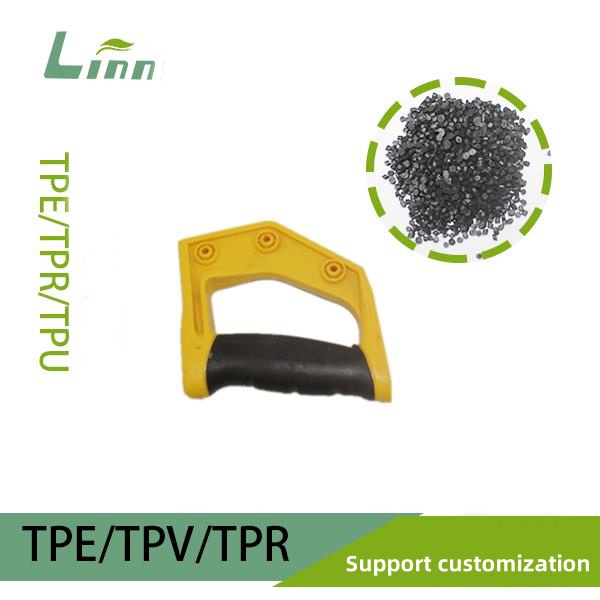
Use of Additives and Modifiers
The addition of certain additives or modifiers to the TPR formulation can also influence its processability and flow characteristics. For example, plasticizers can be used to reduce the viscosity and improve the flow of TPR, making it easier to inject at lower temperatures. However, the use of plasticizers must be carefully considered, as they can affect the mechanical properties, durability, and regulatory compliance of the final part. Other additives, such as nucleating agents or flow enhancers, may also be explored to improve the processability of TPR without compromising its performance.
Hypothetical Comparison Table: Processing TPR at Different Temperatures
To provide a more intuitive understanding of how processing temperature affects the injection molding of TPR, the following table presents a hypothetical comparison of key processing parameters and part quality metrics for TPR processed at 100 degrees Celsius, 150 degrees Celsius (a typical lower bound for TPR melting points), and 180 degrees Celsius (a more common processing temperature for TPR). It’s important to note that these values are for illustrative purposes only and may vary significantly depending on the specific TPR grade, formulation, and processing conditions used.
| Parameter/Metric | 100°C Processing | 150°C Processing | 180°C Processing |
|---|---|---|---|
| Melt Viscosity | Very High | High | Moderate |
| Flowability | Poor | Fair | Good |
| Mold Filling | Incomplete | Partial | Complete |
| Part Defects (Void, Sink) | High Incidence | Moderate Incidence | Low Incidence |
| Surface Finish | Rough/Matte | Smooth/Glossy | Smooth/Glossy |
| Crystallinity | Low/Uneven | Moderate/Even | High/Even |
| Dimensional Stability | Poor | Fair | Good |
| Mechanical Properties | Reduced | Moderate | Optimal |
| Cycle Time | Long | Moderate | Short |
Conclusion
In conclusion, the question of whether TPR can be injection-molded at 100 degrees Celsius is a complex one that requires careful consideration of several factors, including the melting point and processing range of TPR, the impact of temperature on material properties, and the practical implications for injection molding operations. Based on the analysis presented in this article, it is generally not advisable or practical to inject TPR at temperatures significantly below its typical melting point, as this can lead to a range of issues, including incomplete mold filling, part defects, compromised material properties, and increased production costs.
Instead, manufacturers should focus on selecting TPR grades with appropriate melting points and processability characteristics, optimizing processing parameters within the recommended range, and exploring the use of additives or modifiers to improve flow and performance. By taking a holistic and informed approach to TPR injection molding, it is possible to achieve high-quality parts that meet the stringent requirements of various applications.
Related Q&A
Q: What are the most common types of TPR used in injection molding?
A: The most common types of TPR used in injection molding include styrene-ethylene-butylene-styrene (SEBS) block copolymers, styrene-butadiene-styrene (SBS) block copolymers, and thermoplastic polyolefin elastomers (TPOs). Each type has its unique properties and processing characteristics, making them suitable for different applications and performance requirements.
Q: Can TPR be recycled after injection molding?
A: Yes, TPR is recyclable, as it can be melted down and reprocessed multiple times without significant degradation in properties. Recycling TPR involves collecting and sorting the scrap or post-consumer material, grinding it into small particles, and then reprocessing it through injection molding or other thermoplastic techniques. However, the quality and performance of recycled TPR may vary depending on the level of contamination, degradation, and reprocessing history.
Q: Are there any environmental or regulatory concerns with using TPR in injection molding?
A: Like any polymer material, TPR must comply with relevant environmental and regulatory requirements, depending on the application and industry. This may include restrictions on the use of certain additives or substances, compliance with food contact or medical device regulations, or adherence to sustainability or recycling initiatives. Manufacturers should consult with regulatory experts or material suppliers to ensure their TPR products meet all applicable standards and requirements.
Q: How does the cost of TPR compare to other thermoplastic elastomers (TPEs) used in injection molding?
A: The cost of TPR can vary depending on the specific type, grade, and formulation used, as well as market conditions and supply chain factors. In general, TPR is considered a cost-effective option compared to other TPEs, such as thermoplastic polyurethanes (TPUs) or thermoplastic copolyesters (TPCs), due to its balanced performance and processing characteristics. However, the cost must be evaluated in the context of the specific application requirements and performance benefits offered by TPR.
Q: Can TPR be overmolded onto other materials in injection molding?
A: Yes, TPR can be overmolded onto other materials, such as rigid plastics or metals, in a two-shot or multi-shot injection molding process. Overmolding allows manufacturers to create parts with a combination of soft-touch surfaces and rigid structures, enhancing the functionality, aesthetics, and user experience of the final product. The key to successful overmolding is ensuring good adhesion between the TPR and the substrate material, which can be achieved through proper material selection, surface treatment, and processing conditions.

